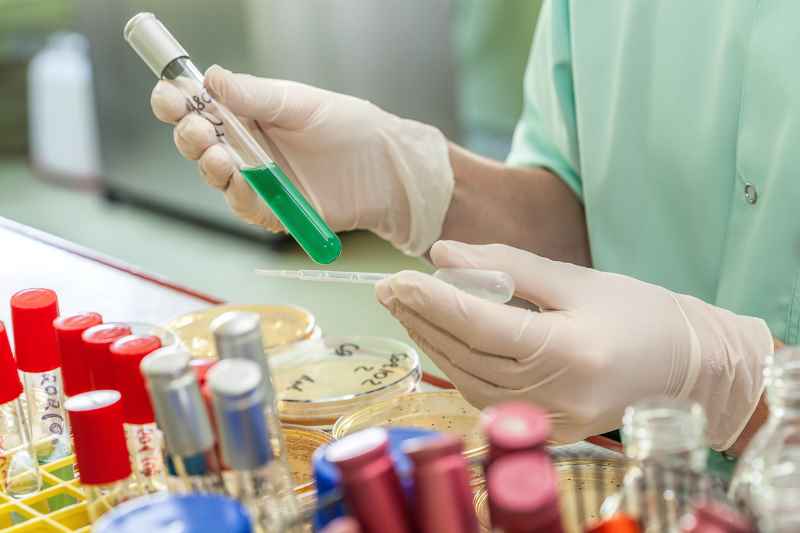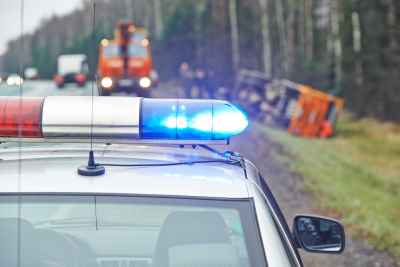
We are all human and subject to being involved in accidents. While most accidents may be out of our control, others can easily be avoided. Here are just a few of the reasons why testing safety-sensitive employees after an accident is important.
Hiring employees comes with a certain amount of risk, especially when hiring safety-sensitive employees whose tasks can affect their own and others’ health and safety. There are several legal and regulatory safeguards put in place to help protect the employer, the employee, customers, and the general public, including testing and collections after an accident.
Why Testing Safety-Sensitive Employees After an Accident is Important
When an accident doesn’t fall under the DOT Post Accident Testing guidelines, testing safety-sensitive employees after an accident is not mandatory. It is up to the discretion of the employer and, in some cases, may not appear to be necessary. However, testing the employee only helps clarify what happened and assists the employer to cover all bases and attain sufficient evidentiary support to better guide the next course of action.
For reference, this chart details all instances that do fall under the DOT Post Accident Testing guidelines:
| Type of accident involved | Citation issued to the CMV driver | Test must be performed by employer |
| i. Human fatality | YES NO | YES YES |
| ii. Bodily injury with immediate medical treatment away from the scene | YES NO | YES NO |
| iii. Disabling damage to any motor vehicle requiring tow away | YES NO | YES NO |
Click here for additional information about DOT Post Accident Testing.
Testing Safety-Sensitive Employees After an Accident

The following is a broad overview of how testing safety-sensitive employees after a fatal or non-fatal accident, when it does not fall under the DOT Post Accident Testing guidelines, should be conducted according to the transit-safety.fta.dot.gov’s 49 CFR 655.44:
Non-fatal Accident
- (i) As soon as practicable following an accident not involving the loss of human life in which a public transportation vehicle is involved, the employer shall drug and alcohol test each covered employee operating the public transportation vehicle at the time of the accident unless the employer determines, using the best information available at the time of the decision, that the covered employee’s performance can be completely discounted as a contributing factor to the accident.
- The employer shall also drug and alcohol test any other covered employee whose performance could have contributed to the accident, as determined by the employer using the best information available at the time of the decision.
- (ii) If an alcohol test required by this section is not administered within two hours following the accident, the employer shall prepare and maintain on file a record stating the reasons the alcohol test was not promptly administered.
- If an alcohol test required by this section is not administered within eight hours following the accident, the employer shall cease attempts to administer an alcohol test and maintain the record. Records shall be submitted to FTA upon request of the Administrator.
- (b) An employer shall ensure that a covered employee required to be drug tested under this section is tested as soon as practicable but within 32 hours of the accident.
Fatal Accident
- (i) As soon as practicable following an accident involving the loss of human life, an employer shall conduct drug and alcohol tests on each surviving covered employee operating the public transportation vehicle at the time of the accident.
- Post-accident drug and alcohol testing of the operator is not required under this section if the covered employee is tested under the fatal accident testing requirements of the Federal Motor Carrier Safety Administration rule 49 CFR 389.303(a)(1) or (b)(1).
- (ii) The employer shall also drug and alcohol test any other covered employee whose performance could have contributed to the accident, as determined by the employer using the best information available at the time of the decision.

Are You Testing Safety-Sensitive Employees?
While the decision of testing safety-sensitive employees after an accident that does not fall under the DOT Post Accident Testing guidelines is up to the employer’s discretion, it never hurts to have a comprehensive understanding of what happened. Whether you need a third-party administrator of employment screening and compliance services year-round or just in the event of an accident, we can help.
For over thirty years, NMS Management Services has offered customized testing, compliance, and screening solutions and are committed to providing 24/7 hassle-free collections at any onsite location of your choice, with quick and accurate results. Contact us today to learn how we can create a customized solution for your business.
